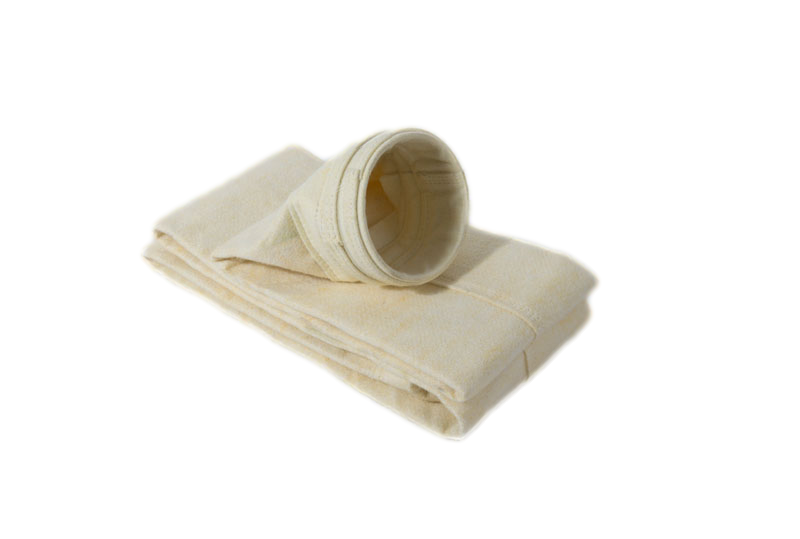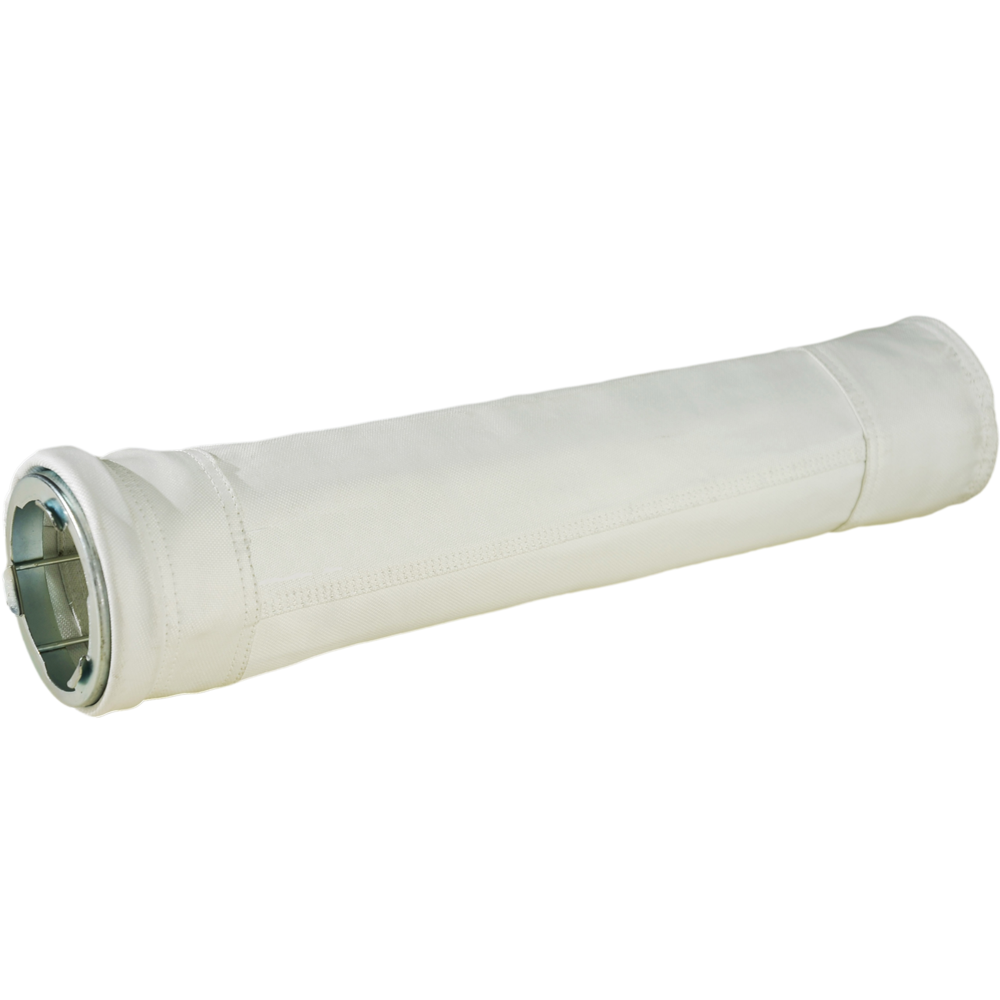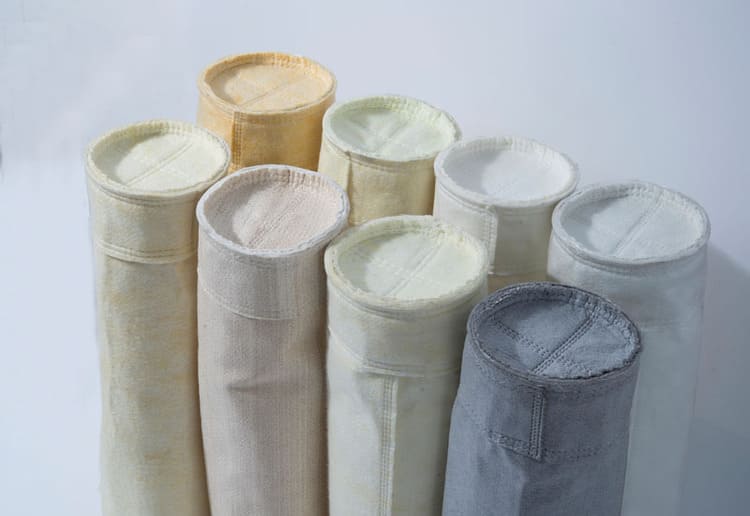Fiberglass dust filter bag guide
why use fiberglass dust collector filter bags?
In high temperature environment, most of the time fiberglass dust collcetor filter bags can replace other high temperature bags, which will save you money. Under normal circumstances, fiberglass dust collcetor bags will save 20%-30% compared to pps, nomex, p84, or even PTFE filter media for the same size, and it will also perform very well.This is an economical and very practical material in high temperature environments.
Fiberglass filter bag have a number of advantages over other types of dust collector bags.
For one thing, they’re much less likely to tear or break than bags made from other materials.
They’re also less likely to clog, because the fibers are less likely to adhere to each other.
Glass fiber bags also offer better resistance to high temperatures, so they can be used in applications where other types of bags would be damaged by the heat.
Finally, glass fiber bags are significantly cheaper than other types of high-quality dust collector bags. As a result, they offer an excellent value for the money.
The dust collector bags are made with a special treatment that makes them more efficient and robust. They have PTFE hydrophobic impregnated material, which helps prevents water absorption.

The surface of the fiberglass dust filter bags can be treated with chemical treatments to make it hydrophobic and excellent resistance. This treatment helps to prevent moisture from condensing on the surface of the bag and keeps the bag working at its optimal efficiency.
The continuous operating temperature and maximum temperature range of the dust collector filter bag is also important to consider. PTFE hydrophobic treatment can help to keep the bag working at its highest level for a longer period of time.PTFE Hydrophobic impregnated, PTFE Membrane for increased efficiency Resist most acids and reinforced mechanical strength and analyze and evaluate all aspects of your process and application Custom fabricated bag designs to meet the unique needs of your bag house installation.Fiberglass cloth has a unique weight , which can reach 900 grams per square.
Fiberglass filter bags are an ideal option for these types of applications, as they are able to withstand extreme temperatures without breaking down. Additionally, glass fiber dust bags provide excellent filtration properties, making them ideal for use in baghouse filters.

whitch two type of fiberglass dust filter bags?
1.Nonwoven fiberglass bags


2.Woven fiberglass dust filter bags

note:(woven fiberglass dust filter cages with more vertical bars must be used.Because woven fabric is poor flex abrasion qualities, long-term pulse blowing will be its Wear & tear.)
Two types of fiberglass cloth
There are two types of fiberglass filter media that can be used in dust collector filter bag woven and nonwoven. Both types of media have their own unique benefits that make them ideal for different applications.
Nonwonven fiberglass is a Needle Felting fabric that is made from Disorderly fiber orientation. This type of media is highly resistant to abrasion and can withstand higher temperatures than other types of fiberglass media. Wonven fiberglass is often used in applications where there is a high amount of dust or particulate matter present.
Wonven fiberglass is a woven glass fabrics that is made from fibers that are oriented in a specific direction. This type of media is less resistant to abrasion than wonven fiberglass, but can still withstand high temperatures. Nowonven fiberglass is often used in applications where there is a lower amount of dust or particulate matter present.
Summary of glass fiber cloth bag
Both types of fiberglass filter bag are effective at trapping dust and particulate matter. However, each type of media has its own unique benefits that make it ideal for different applications. When choosing a fiberglass filter media for your dust collector filter bags, be sure to consider the specific needs of your application.Fiberglass bags are also used as filters in a variety of industries, including carbon black processing, cement plant power, and thermal power stations.





